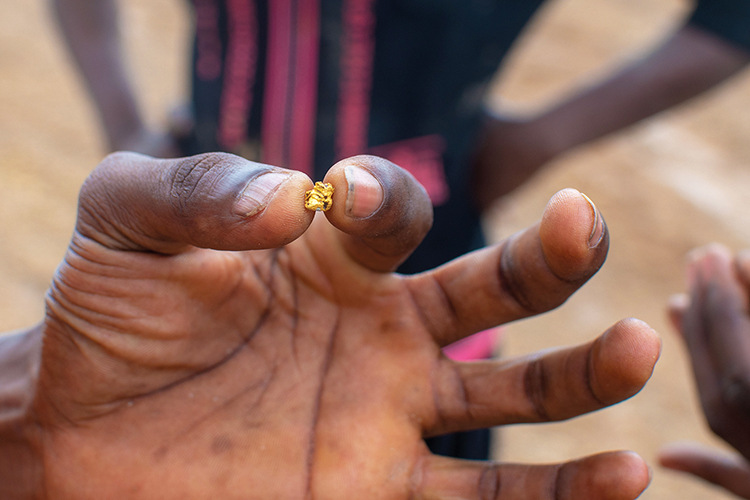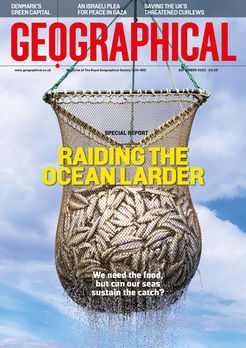
Artisanal mining is booming in the tropics – and it’s leaving environmental degradation in its wake
By
Mining gives a landscape a unique appearance. When forests are cleared to make way for other intensive practices – most commonly agriculture – the land tends to be revegetated, perhaps with crops or grasses for grazing livestock. ‘With mining, there’s no regrowth of vegetation. At least, not in the short term,’ says Evan Dethier, a geomorphologist at Dartmouth College in the USA. Instead, the land is converted into open pits that fill with water and contaminated sediment.
Dethier has witnessed the aftermath of mining first-hand, having researched its impact in Madre de Dios, an 85,000-square-kilometre region in southeastern Peru that covers an area of Amazon rainforest roughly the size of the island of Ireland. It’s renowned for its terrestrial biodiversity and is home to three important natural protected areas: Manu National Park, Tambopata National Reserve and the Amarakaeri Communal Reserve. It’s also the epicentre of gold mining in Peru, much of which is informal or illegal.
Tropical countries where mining has affected rivers

Not all mining is carried out by large-scale corporations. According to the World Bank, small-scale or ‘artisanal’ mining provides direct income to some 40 million people across 80 countries (in comparison, just seven million people were working in ‘industrial’ mining in 2013). Often informal and inefficient, it nevertheless accounts for 20–25 per cent of the global production of gold, tin, tantalum, diamonds and cobalt. It has a significant environmental impact, too. Alluvial gold mining – when gold is extracted from stream and riverbed deposits – in Madre de Dios is estimated to have led to the deforestation of more than 1,000 square kilometres of tropical rainforest, leaving behind hundreds of mining lagoons.
‘It’s striking how similar mined land looks in different areas around the world,’ says Dethier. ‘The basic strategy is the same worldwide,’ he adds. ‘You just need a high-pressure stream of water, and gravity to separate the minerals from the surrounding material. It’s a technique that has been used for at least hundreds of years – to a large extent, the gold rushes in the United States used similar methods.’
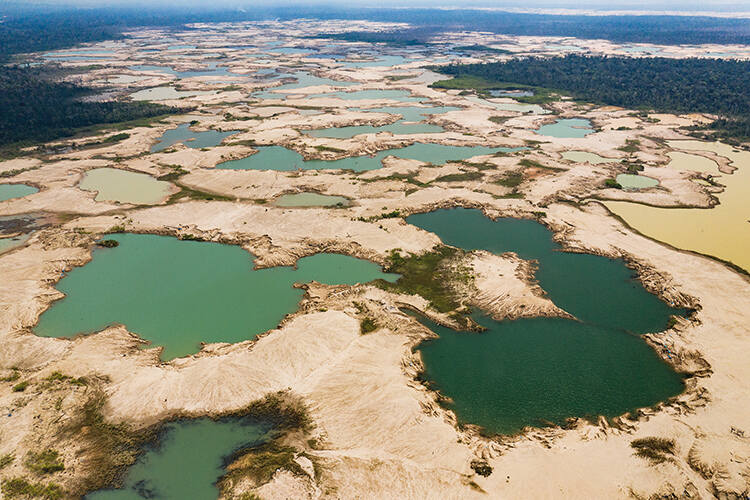
Much of this excavated material is then released into rivers, where it’s carried downstream as ‘suspended sediment’, which gives water a muddy appearance and can increase disease and mortality in river species. Often, this sediment carries toxins such as mercury, lead, zinc, copper and arsenic.
As Dethier and his colleagues began to look for alluvial mining further afield, they found themselves turning to Landsat satellite image archives, high-resolution photographs, NGO reports and social media posts to manually identify mining in areas with little or no records of extractive activity. ‘We used anything we could to try to locate where these different types of mining operations were happening,’ he says. The more they looked, the more they began to realise the global scale of the problem.
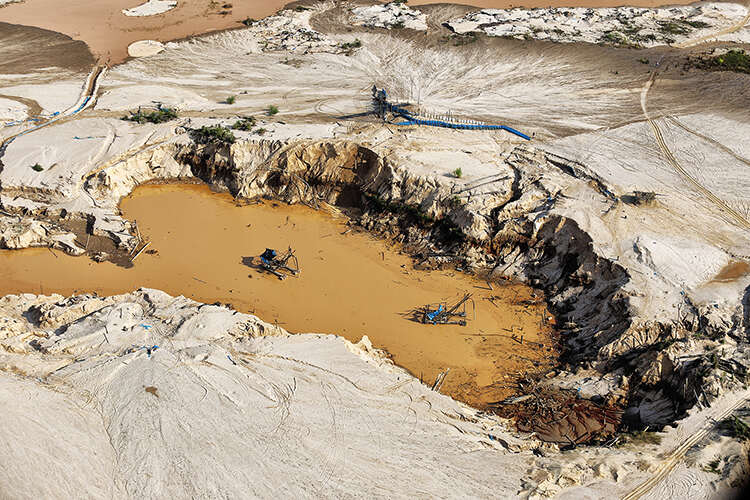
In total, the team discovered about 400 individual mining districts in 49 countries across the tropics (more than 80 per cent of all active mining sites are located within 20° of the equator). Almost all of the waterways affected were thick with sediment that had been deposited after mining activities, discolouring the rivers to an extent that could clearly be seen from space. In some countries, including French Guiana, Guyana, Cote d’Ivoire and Senegal, as much as 40 per cent of the length of the largest rivers had been affected. Across all countries, 59,000 kilometres of tropical rivers have been damaged, equivalent to six per cent of all tropical rivers.
Much of this damage has occurred since the start of the 21st century. Dethier and his colleagues identified the emergence of new mining operations at 60 per cent of the sites from 2000 and 46 per cent from 2006, coinciding with the global financial crisis. Gold is thought to account for more than 80 per cent of tropical river mining today, but new technologies such as electric car batteries are driving the demand for mined materials such as cobalt, coltan, tungsten and tantalite, particularly in the Democratic Republic of the Congo, which has the third greatest number of individual mining areas (after Indonesia and Myanmar).
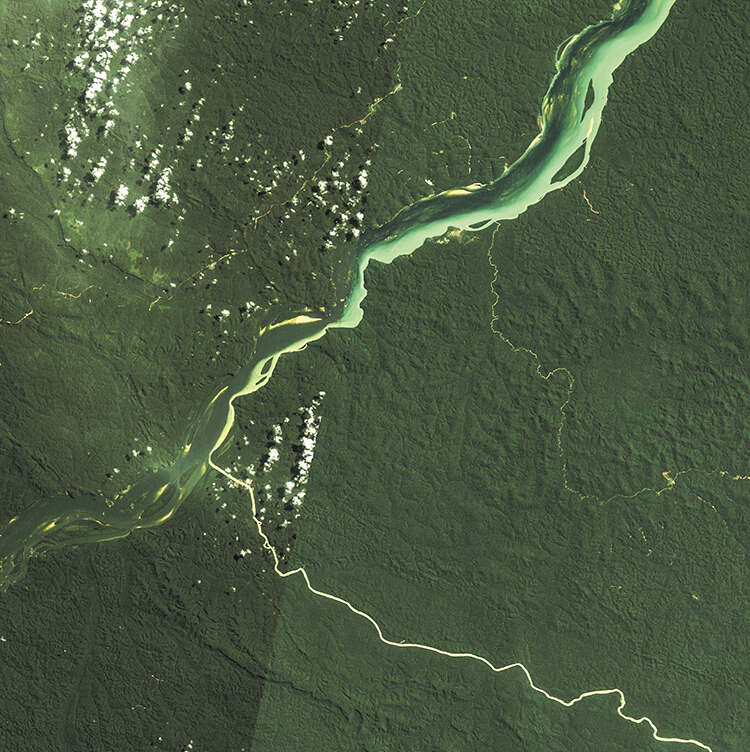
While much research has already been carried out on river mining in the tropics, Dethier says that a lack of global historical data has previously made it difficult to get ‘a sense of the full picture globally’. His team’s findings come at the same time as a new study published by scientists at the University of Lincoln, who estimate that 23.5 million people worldwide reside and raise livestock on floodplains affected by potentially harmful contaminants that are washed downstream from mining operations.
Dethier, who did most of the manual identification, calculates that he looked through tens of thousands of images between 2021 and 2022 to identify all of the mining areas. ‘It took a long time,’ he says. ‘I was just constantly finding new places and new operations – some that had only begun a few years ago.’ Looking at recent satellite images, he says that it’s clear that newer operations have expanded significantly since then. ‘It’s an ever-evolving study, one that we really hope will gain more attention, because it’s a really big issue.’

